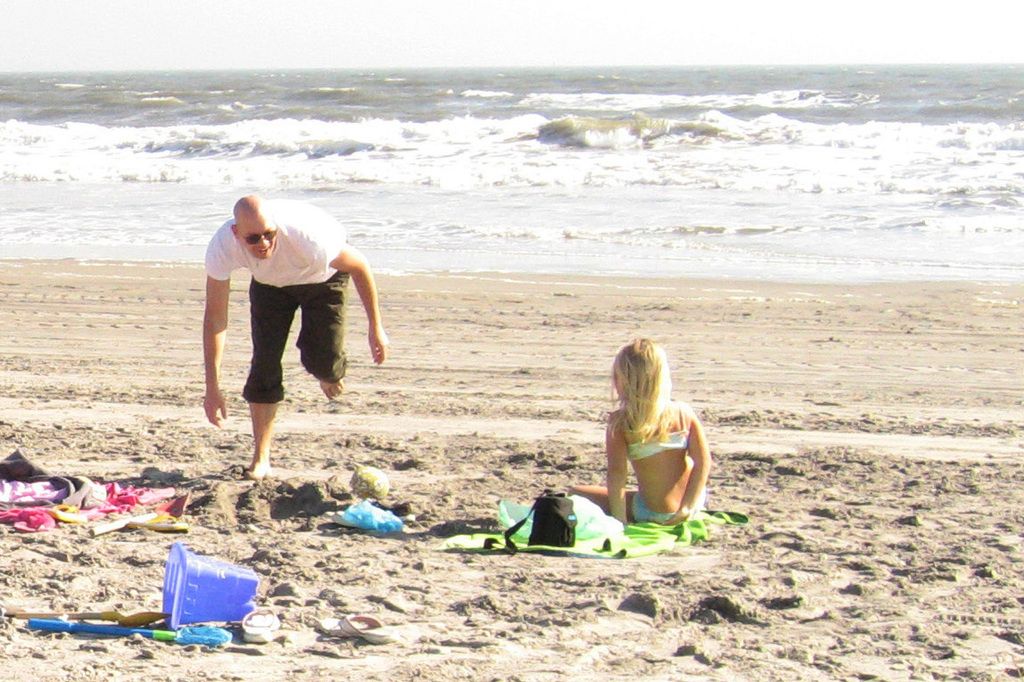Examining Tables and Graphics in Research Articles Prior to Publication
Article
Raw and Unfiltered: Navigating the Tricky World of Academic Paper Submission
Publishing an academic paper isn't a walk in the park. Authors need to tackle numerous hurdles and fulfill various checks to align their work with the journal's guidelines, or risk facing instant rejection. When it comes to forwarding a manuscript to peer review or skipping the process, journal editors scrutinize a variety of quality and compliance considerations, one of which is meticulously using figures and tables in a research paper. In this piece, we decipher the appropriate practices for incorporating tables and figures in a research paper and how our platform, Preflight, can assist in verifying that these crucial visual components are in order before submission.
Citing Your Figures or Tables in a Research Paper
In essence, an academic paper describes a research journey, and figures and tables contribute to visualizing technological data for the reader, thus aiding their understanding. A figure or table in academic papers that is not cited or discussed in the main text may be deemed irrelevant to the research story unfolding in the manuscript. Given that figures and tables are often the first elements to be organized in the manuscript-writing process, the research narrative should revolve around citations of these objects. This leads us to the first tip: all figures and tables in an academic paper should be cited and substantiated in the main text. Figure 1 demonstrates how our platform, Preflight, verifies whether every visual entity is mentioned in the main text and offers a thorough report.
Sequential Numbering of Figures and Tables
A figure or table legend is the explanatory text associated with a figure or table in an academic paper that attributes a unique identifier to it and summarizes its content. A figure or table number serves as the unique identifier. Journals generally expect figures and tables to be sequentially numbered in the order in which they appear in the text. In other words, the first figure cited in the text should be distinguished as "Figure 1," the second as "Figure 2," and so forth. This requirement is established to prioritize the legibility and accessibility of visual elements. Figure 2 illustrates how our platform, Preflight, alerts the author if any table or figure in the academic paper is not in sequence.
Compliance with Style Guides and Consistency
To achieve a polished presentation, it is essential to ensure conformity with any applicable style guide. For instance, some style guides use Roman numerals instead of Arabic numerals for numbering tables in academic papers (e.g., "Table II" instead of "Table 2"). Additionally, some style guides demand the use of the abbreviation "Fig." when citing a figure in the middle of a sentence. Furthermore, certain style guides include a period at the end of a figure or table legend, while others do not. If the target journal is not bound by any style guide, authors must ensure that the style they adopt is preserved consistently throughout the academic paper. As Figure 3 illustrates, our platform, Preflight, monitors a range of consistency issues, such as the use of "Fig."
Authors might overlook these critical yet preventable mistakes during the extended process of refining their manuscript, which could negatively affect their chances of publication success. To ensure the accurate use of tables and figures in your academic paper, simply upload it to our platform, Preflight, and let the smart tool undertake the task in minutes. This sophisticated and comprehensive AI manuscript readiness check provides insightful and actionable feedback on issues with legends, numbering, and consistency in figures and tables employed in your academic paper. It's the simplest, quickest route to ensure your article complies with essential journal guidelines, enabling you to focus on the essential aspects. Don't hesitate, give Preflight a try now!
our platform Preflight is currently recommended by 13 leading publishers managing over 300 journals and is accessible directly from the journal website. If you're unsure of your target journal, employ the standard configuration and screen your work with our platform for Manuscripts.*
References
- Cooper, I. D. (2015). Crafting an original research paper (and getting it published). Journal of the Medical Library Association: JMLA, 103(2), 67. DOI: 10.3163/1536-5050.103.2.001
- The Chicago Manual of Style, 17 ed, 3.21-3.28.
- Submission guidelines of The Cryosphere. Available at: https://www.the-cryosphere.net/submission.html#figurestables [Accessed September 15, 2022].
Bonus Reads:
- Academic Editing Simplified: our platform Delivers Precision at its Best
- Tools for Researchers: AI Language Editing Tools – Accurate or Not?
- Academic Paraphrasing: Our platform's Rewrite Performs Better than QuillBot Paraphraser
- Celebrate Thanksgiving with our platform – Gift $10, Get $10
- To avoid potential rejections during the journal submission process, authors can utilize technology-driven tools like Preflight for language editing, writing assistance, and figure and table checks before submitting their research paper.
- The research paper's writing process often revolves around figuring out ways to incorporate paraphrasing and correctly cite figures and tables, enhancing the overall quality and education-and-self-development journey for the authors.
- To increase the chances of acceptance and publication for a journal submission, authors may seek assistance from language editing tools and ensure their research paper adheres to various style guides, including consistency in citing figures, tables, and other visual components.






